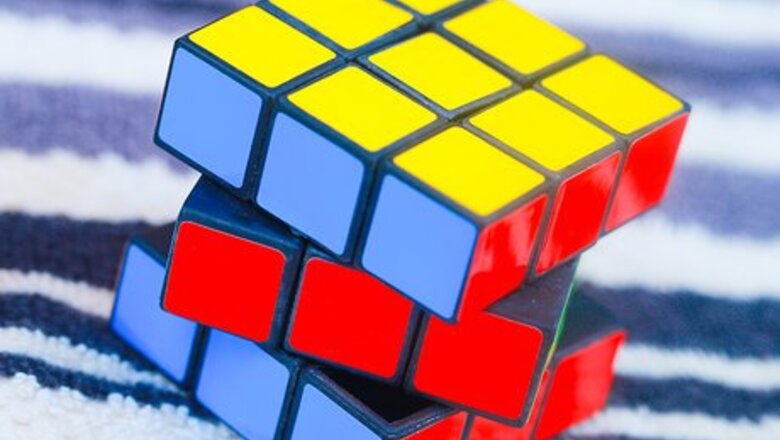
views
X
Research source
But with a few tips and some practice, anyone can learn how to solve Rubik's Cube.
Understanding Rubik's Cube
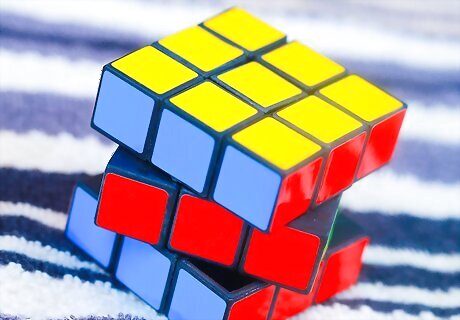
Identify the pieces. Before you start playing Rubik's Cube, identify the different pieces of it. This will help you understand the mechanics of the Cube and more quickly solve it. There are several different sized Rubik's Cube games. For example, the original Rubik's Cube is called “3x3.” This means that there are three layers to the Rubik's Cube- a top, a middle, and a final layer. The other sizes range from 2x2 cubes (Two layers) to 5x5 cubes (Five layers). There are larger cubes with over 5, but these are called V-Cubes (V-Cube 6 and V-Cube 7, to name a few).

Identify the center pieces. On each side of your Cube are center pieces, which have only one color on them. The colors are either red, blue, white, yellow, green, or orange. There are six center pieces located in the center of each side. Center pieces do not move and represent the color of a specific side. Center piece colors always have a specific color opposite them on the Cube. White is always opposite yellow, orange is always opposite red, and green is always opposite blue.
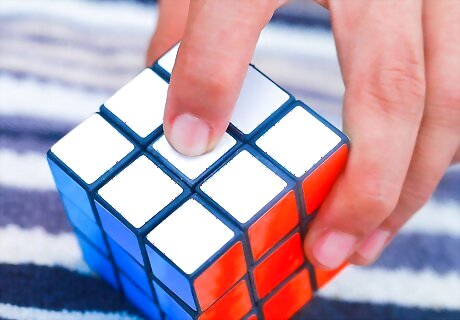
Identify the logo piece. On your Cube, the logo piece is one color, usually white, and has the Rubik's Cube logo on it. Generally, you'll start with this side of the Cube facing up. There is only one logo piece.
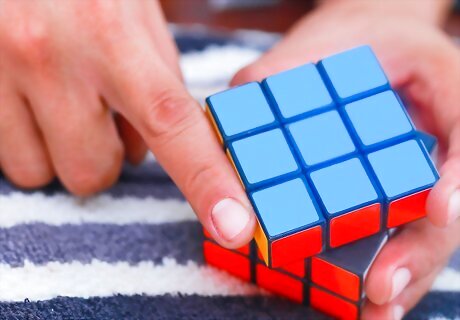
Identify the edge pieces. On your Cube, each edge pieces have two different colors. These are often the last pieces of each layer that you will solve. There are a total of twelve edge pieces on a Rubik's Cube.
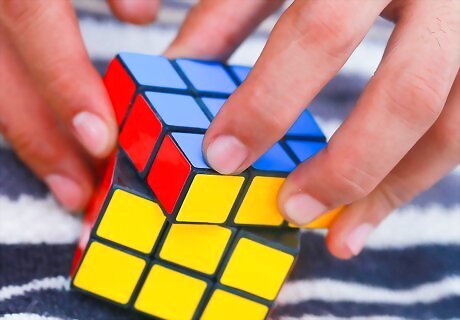
Identify the corner pieces. On your Cube, the corner pieces have three different colors. There are a total of eight corner pieces.
Top Layer
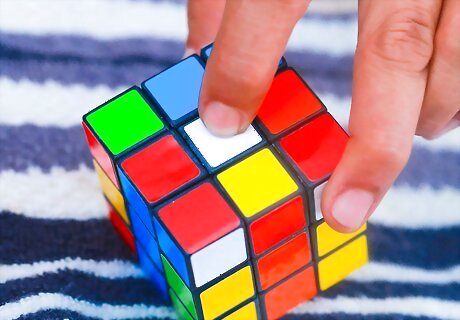
Position your Rubik's Cube with the white center logo piece facing up. As you prepare to solve your Rubik's Cube, it's important to have this piece with the logo facing upwards. This will make it easier to solve each layer of the puzzle. If your Rubik's Cube is in a “solved” state at this point, you'll first need to shuffle the pieces so that you can play.
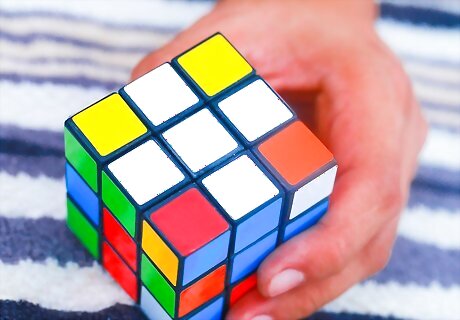
Make a white cross across the top. With the center white logo piece facing up, position the pieces into the shape of a white cross. This is one of the more difficult stages, so practicing it through trial and error will help you improve at solving the Cube. It's important to solve each section of your white cross in this specific order: blue, orange, green, red. Make sure that the edge piece colors correspond to both the top white center logo piece and the red and blue side and center pieces. If the pieces are in these positions, you know you're on the right track. If you've made any mistakes, try reconfiguring the pieces until you get them into the correct alignment.
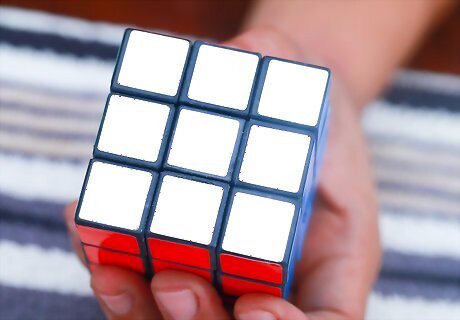
Solve the white corners. After you've created your white cross on the top face of the Rubik's Cube and positioned the edge pieces properly, you're ready to solve the white corners. By making sure that you've solved the white cross on the top layer before you position the corners, you'll have an easier time positioning the proper pieces in the middle layer. The white cross should still be on the top face of the Cube. Remember that each corner pieces will have one white side and sides with two other colors. If a corner piece is located on the bottom side or layer, then rotate it until the corner is directly below where you want it. From here, move the pieces until you get the corners into the correct position. Follow the same steps to position the pieces until the corners align and the entire top side of your Cube is white.
Middle Layer
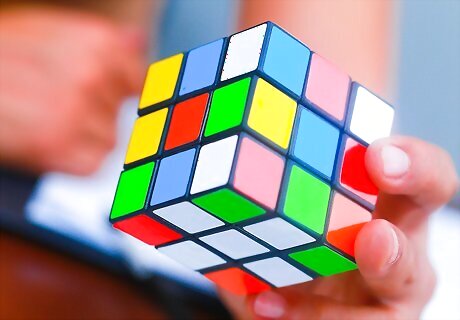
Position Rubik's Cube with white cross on the bottom. In order to properly solve the middle layer, position the completed white side on the bottom. This will set you up to put the edge pieces in their proper positions.
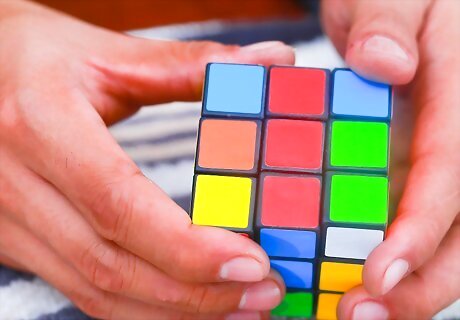
Position edge pieces. By putting the edge pieces into position on the middle layer first, you'll more easily be able to position the rest of the layer. It's very important to note the vertical row of either blue, red, orange, or green. Position the pieces until they're in a vertical line by rotating the top side until the front color of the edge piece on the top side (without yellow) matches one of the side center pieces. How you move the edge piece is determined by the top face of that edge piece.
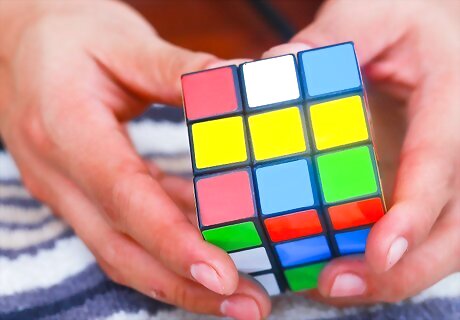
Follow the above steps until the edge pieces are in the correct position. At this point, the middle layer should be finished so that you can move on to solving the final layer. If you have made any mistakes, manipulate the pieces until they're in the proper positions.
Final Layer
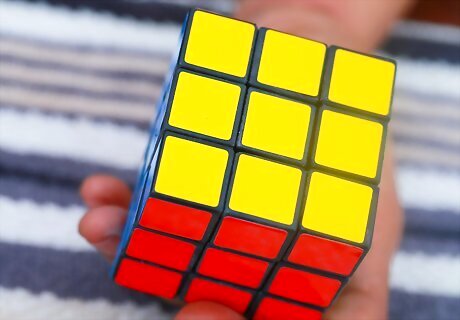
Position Rubik's cube with yellow-patterned side facing up. At this stage, you'll have a yellow pattern on one face of your Cube. In order to properly solve the final layer, position the side with yellow pattern upwards. This will set you up to put the edge pieces in their proper positions. At this point, the yellow pieces on the top don't have to match the side pieces.

Make a yellow cross. Just like you did with the white face, position the yellow pieces into a cross. This will help you more easily position the remaining pieces on the final layer.
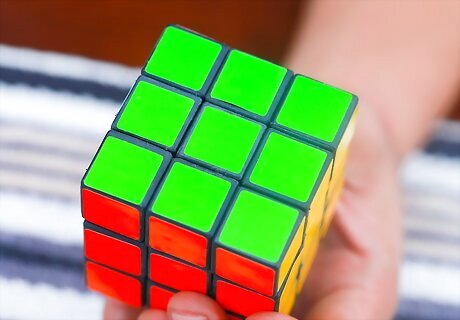
Make the corners yellow. You're now ready to position the final pieces of your Rubik's cube by making the remaining corners on this layer yellow. Once you've positioned the yellow corners, you should have a completed Rubik's Cube!















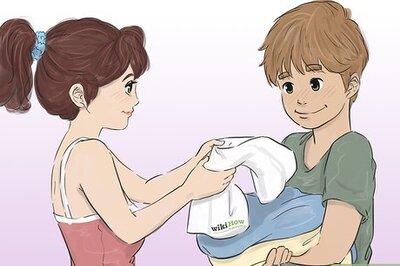
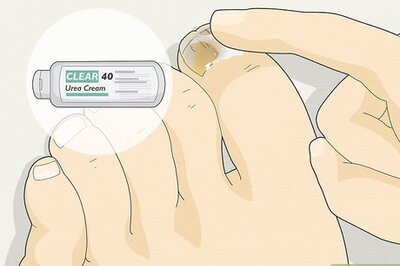

Comments
0 comment